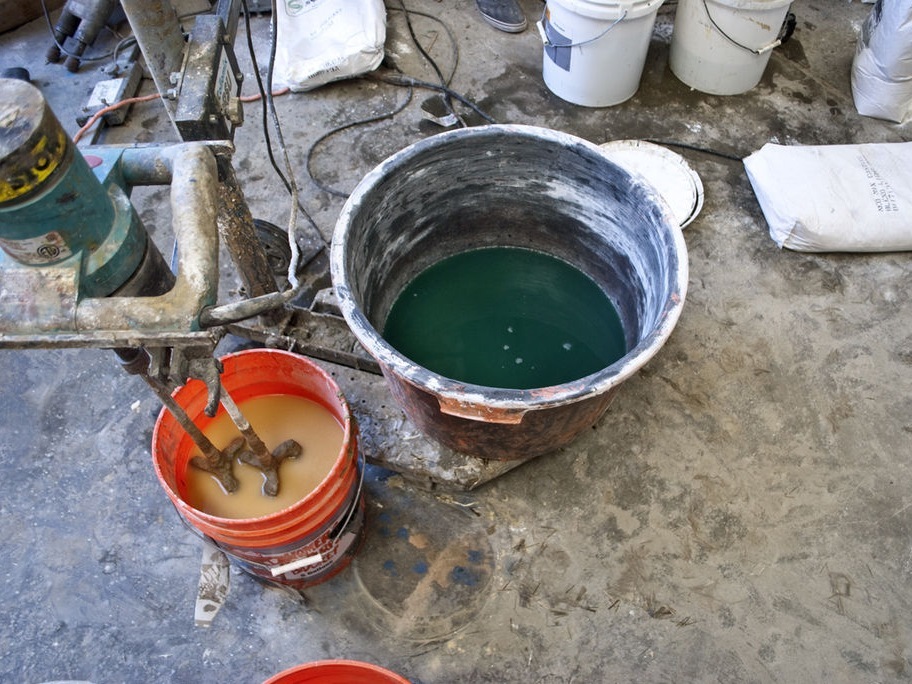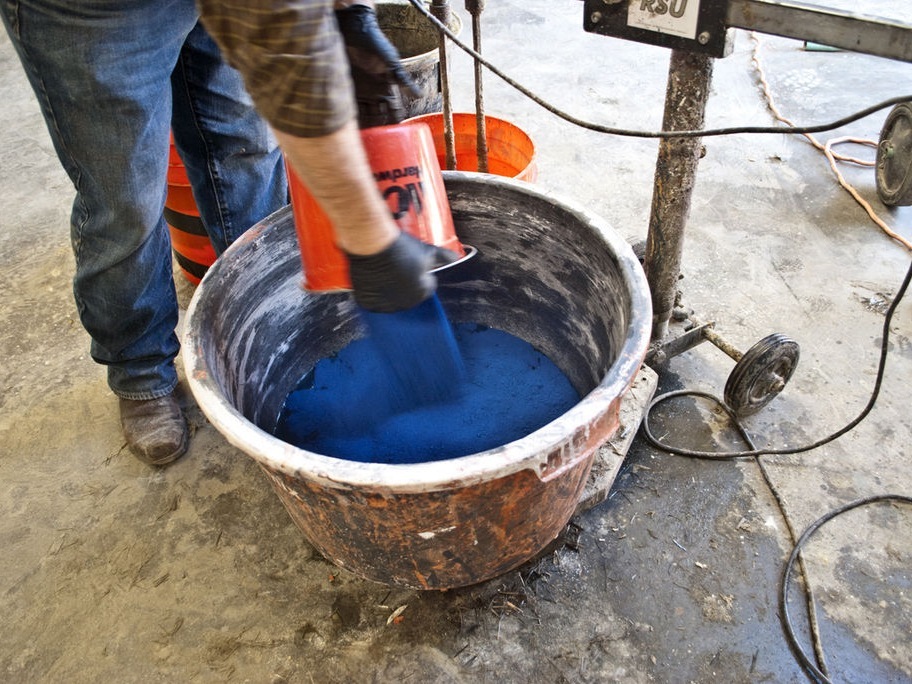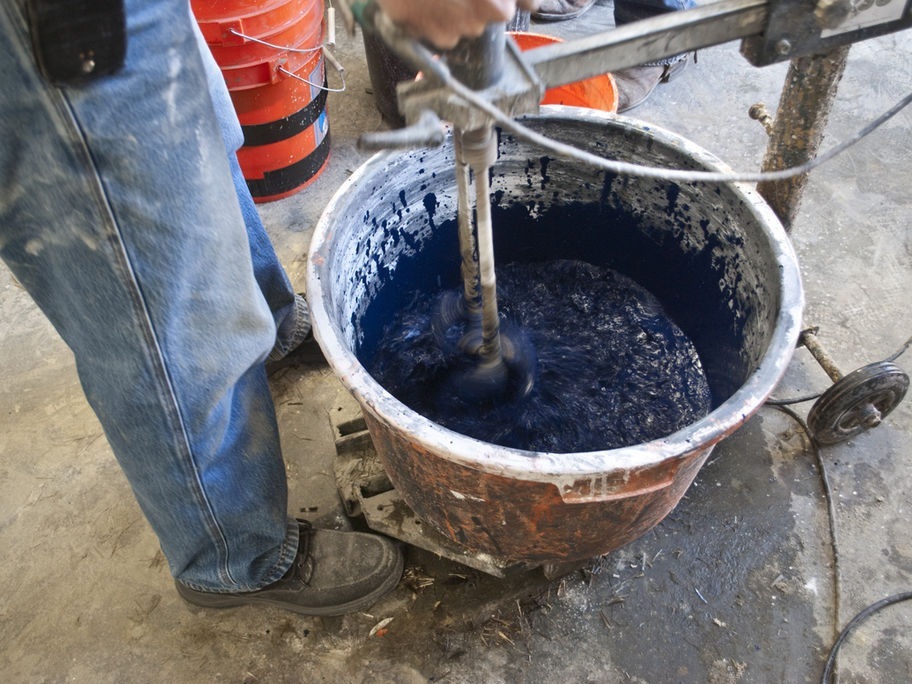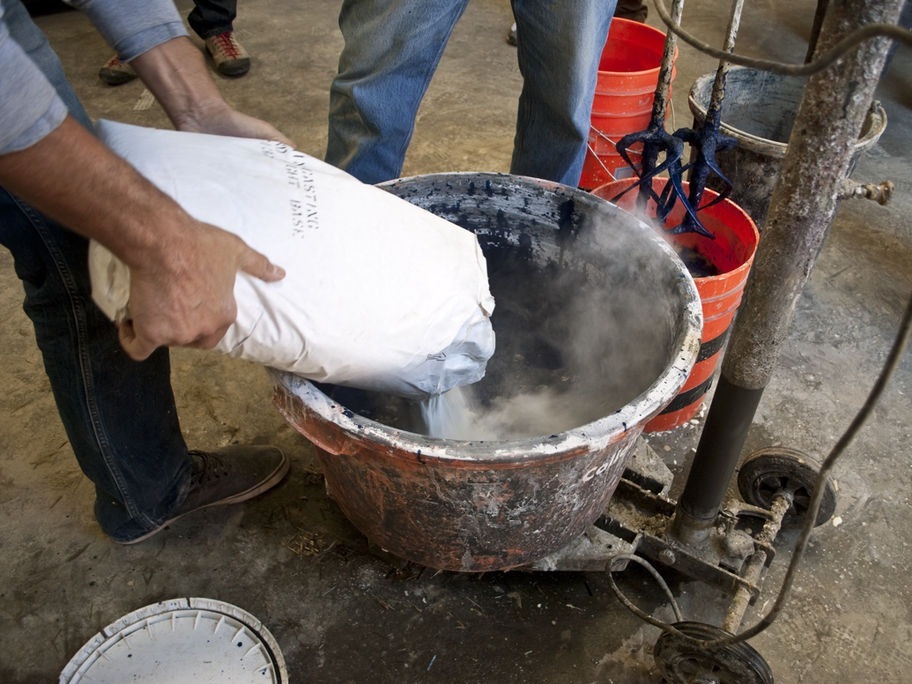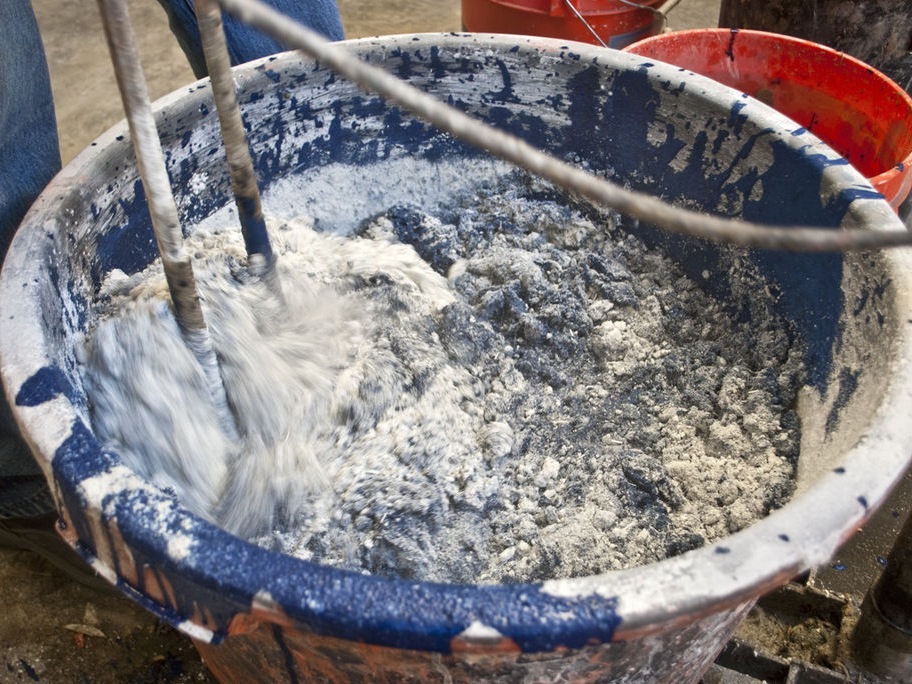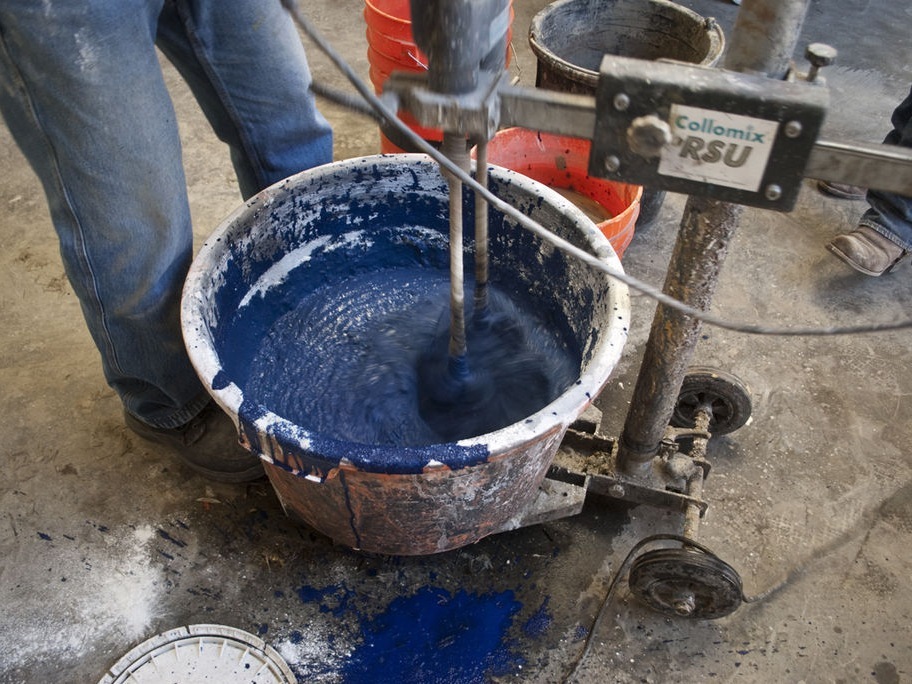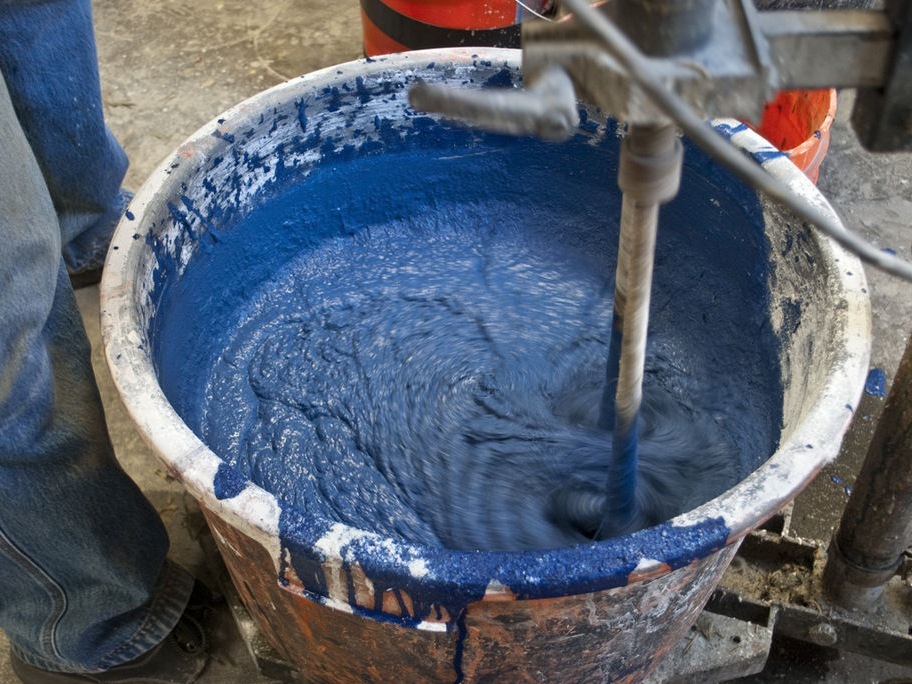Mixing
Fiber Reinforced Concrete
Mixing Fiber Reinforced Concrete (FRC) is different from traditional concrete in how it lacks large aggregate or pebbles and is blended with paddle mixers instead of the large drum mixers associated with a traditional concrete mix. Fiber reinforced concrete contains only fine sands, portland cement, fibers, and chemistry to accelerate its cure time.
You may have heard of GFRC which is an abbreviation for glass fiber reinforced concrete and perhaps the most common of all the FRC’s, but with new developments in fiber technology, many mixes are utilizing fibers made from basalt, polypropylene, poly vinyl acetate (PVA) , and even hemp. Mixing fiber reinforced concrete from scratch can be an overwhelming endeavor involving hours of weighing and measuring up to eight individual components for each batch.Which is why we recommend sticking with pre-blended mixes to assure consistency in performance and quality.
Perhaps the biggest advantage of FRC is how thin it can be made without compromising the concrete’s strength. While we won’t get into it here, FRC can be cast using a wide range of techniques. It can be poured, like traditional concrete, or hand pressed into a mold to create a veined technique, or sprayed into a form.
Step 1 – Add Modifier to Mixing Bucket
